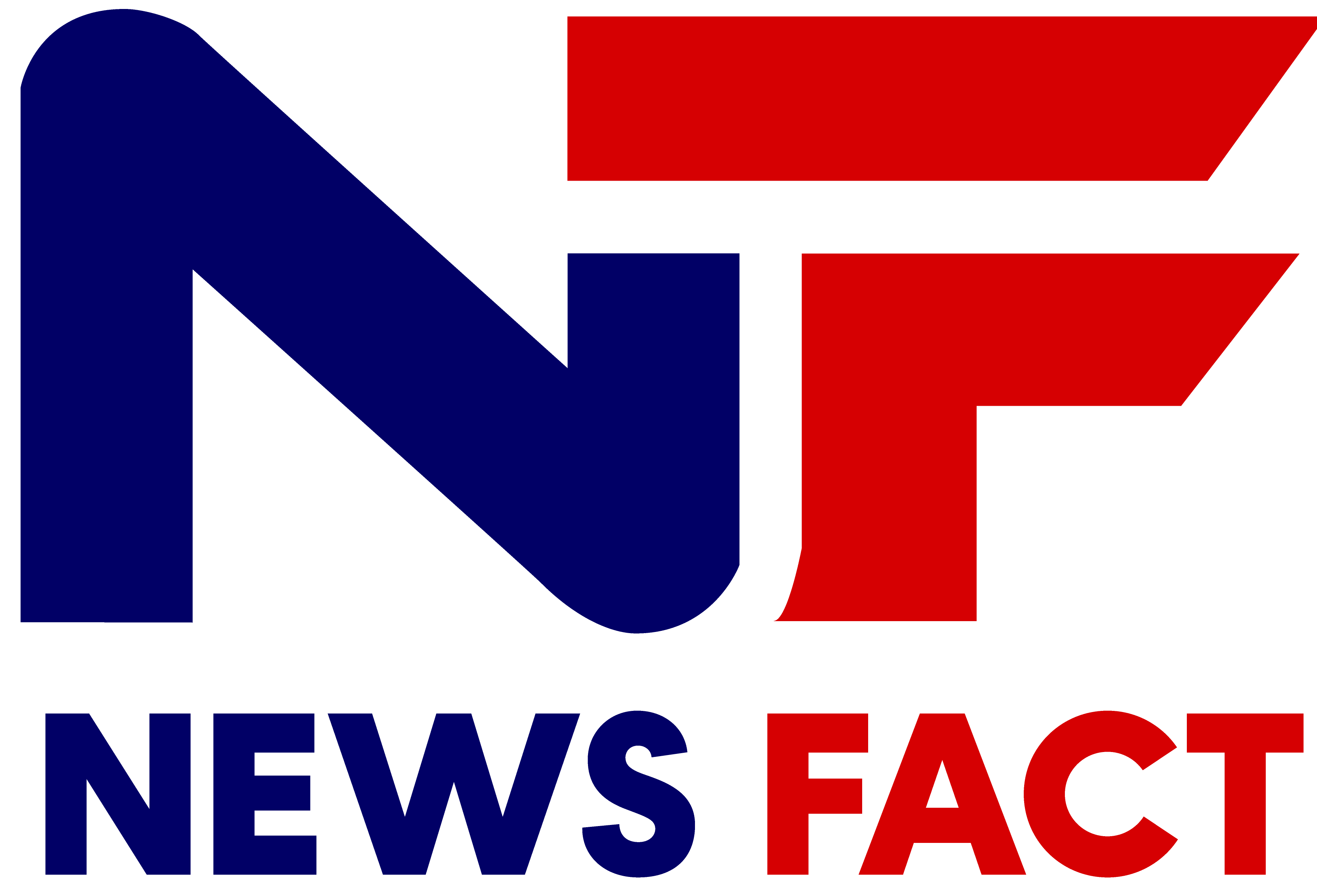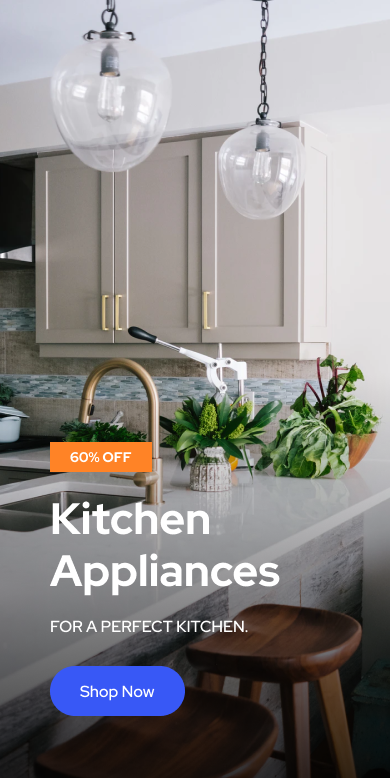
Designing a website for the GCC market is very different from building a website for Western audiences. The biggest reason is simple: you are not designing for one language — you are designing for two. In the UAE, Saudi Arabia, Qatar, and other GCC countries, a website must work smoothly in both English and Arabic. This means every detail in the UI and UX must support Left-to-Right (LTR) and Right-to-Left (RTL) layouts without breaking the design.
Many businesses underestimate how complex this is. They think bilingual websites are just about translating text. But the real challenge lies in how the entire interface behaves when the language changes. This is why companies often choose an experienced website developer in Dubai who understands the cultural and technical aspects of multilingual design.
In this article, we’ll explore why English-Arabic design is so tricky, what mistakes most businesses make, and how proper bilingual UI/UX boosts trust, clarity, and conversion rates in the GCC region.
Why Multilingual UI/UX Matters in the GCC
The GCC market is diverse. Dubai alone welcomes millions of expats and tourists every year. English is used widely in business, but Arabic remains essential in government communication, banking, healthcare, and all official systems.
When your website supports both languages properly:
- You reach more people
- You build trust with local customers
- You comply with regional expectations
- You improve your brand credibility
If you ignore one of the languages, many users will feel your brand is not built for them. This affects engagement, conversions, and even SEO.
The RTL Challenge: It’s Not Just Flipping the Layout
When switching the website from English (LTR) to Arabic (RTL), the entire structure changes direction. But the mistake many developers make is assuming they can simply “mirror” everything.
Here are the real challenges:
- Navigation Flips
Menus, icons, and even the placement of the hamburger menu change direction.
- English: Logo on the left, menu on the right
- Arabic: Logo on the right, menu on the left
A poor implementation can break the layout completely.
- Alignment Rules Are Different
English text often aligns left. Arabic should align right.
But when mixing both on the same page, things can become confusing if not styled properly.
- UI Elements Need Redesigning
Icons with direction — like arrows, play buttons, sliders, progress bars — must switch direction in RTL mode. If not, the flow feels backward.
- Typography Is Not Universal
Arabic fonts behave differently:
- Some letters connect
- Line spacing changes
- Font size must often be slightly larger
- Reading speed varies
This requires a UI designer who understands both writing systems.
- Images and Visuals Need Localization
Photos with text, infographics, and diagrams must be redesigned for RTL or the meaning becomes confusing.
Cultural Relevance Is Part of UI/UX Too
Multilingual design is not only technical — it is cultural.
GCC users expect:
- Modest, culturally appropriate imagery
- Clear spacing
- Simple layouts
- Easy navigation
- Respect for local values
Sometimes colors also carry different meanings. For example, green has positive cultural significance in many GCC countries.
This is why bilingual websites require more than a translator — they need a culturally aware designer who understands the audience.
Why Businesses Struggle With Bilingual Websites
Most companies learn the hard way that multilingual websites are not as simple as they sound. Common issues include:
- Text overflow breaking mobile layouts
- Buttons becoming too long in Arabic
- Navigation menus looking messy
- RTL styles conflicting with English CSS
- Pages loading incorrectly after language toggle
- Google indexing only one language because the structure wasn’t set correctly
These issues harm user experience and hurt SEO. And once these problems appear, fixing them becomes more expensive than building it correctly from the start.
This is why many businesses look for professional help through a skilled website development in Dubai expert who already understands these challenges.
Technical Best Practices for English-Arabic UI/UX
A successful bilingual GCC website needs thoughtful planning and clean development. Here are essential techniques professionals use:
- Proper HTML “dir” Attributes
Each language section must define its direction:
<html lang=”ar” dir=”rtl”>
Without this, the browser won’t render RTL correctly.
- Separate CSS for RTL
Smart developers maintain:
- style.css for LTR
- style-rtl.css for Arabic
This keeps the code clean and prevents conflicts.
- Dynamic Content That Auto-Adapts
Layouts and UI elements should reshape automatically without breaking.
- Smart Language Switcher
Users must switch languages smoothly without losing their page or session. A poor switcher damages the experience.
- RTL-Friendly Frameworks
Modern frameworks like Bootstrap, Tailwind, and Elementor now support RTL natively, but they still require proper configuration.
The Business Impact: Better Engagement, Higher Conversions
When a bilingual site is built correctly, your users feel the difference immediately:
- Navigation becomes smoother
- Pages feel familiar and intuitive
- Users spend more time on your site
- Trust increases
- Conversions rise
In the GCC market, Arabic content actually boosts SEO because many competitors still depend on English-only pages. A bilingual site gives your business a competitive advantage.
Why You Should Work With a Specialist in Dubai
Dubai is one of the most multilingual digital markets in the world. Developers here understand GCC expectations, Arab user behavior, and the technical complexity behind RTL interfaces.
A local specialist knows:
- Which fonts work best
- How to match Arabic and English layouts
- What cultural elements matter
- How to set up bilingual SEO
- How to code RTL cleanly without errors
- How GCC users expect content to flow
Trying to build a bilingual website with a general freelancer or an automated builder often ends in issues that cost you time, money, and potential customers.
Final Thoughts
Multilingual UI/UX is not just a design trend — it is a requirement for any business targeting GCC audiences. When English and Arabic layouts are built correctly, your website looks professional, feels trustworthy, and supports real business growth.
But achieving this quality requires expertise. That’s why many companies choose a skilled website developer in Dubai who understands both the technical and cultural sides of bilingual website design. And if you want your site to grow with your business, investing in proper website developement in Dubai from the start gives you long-term stability.











